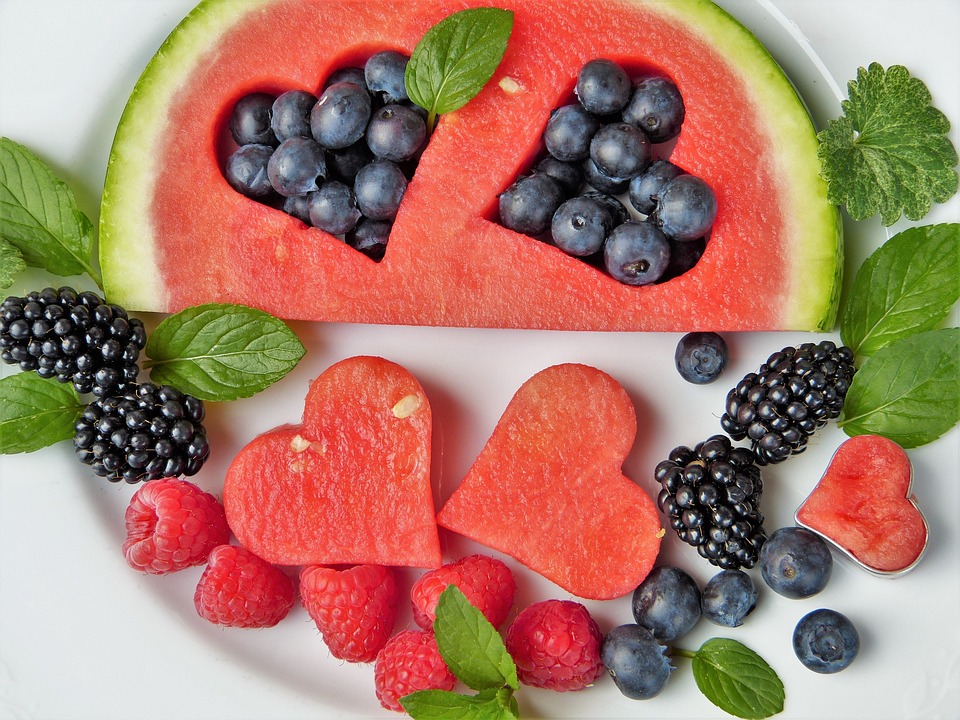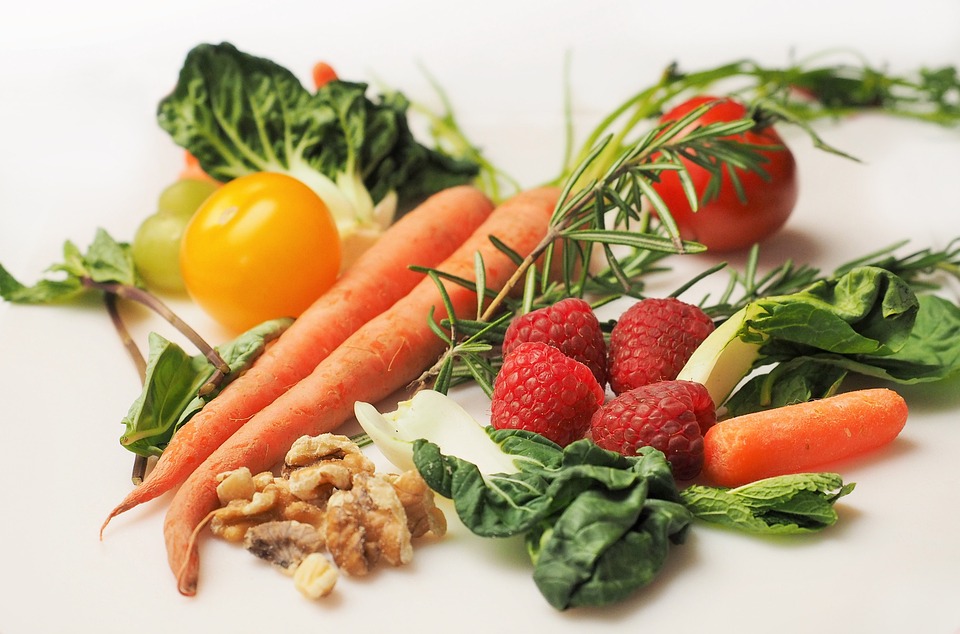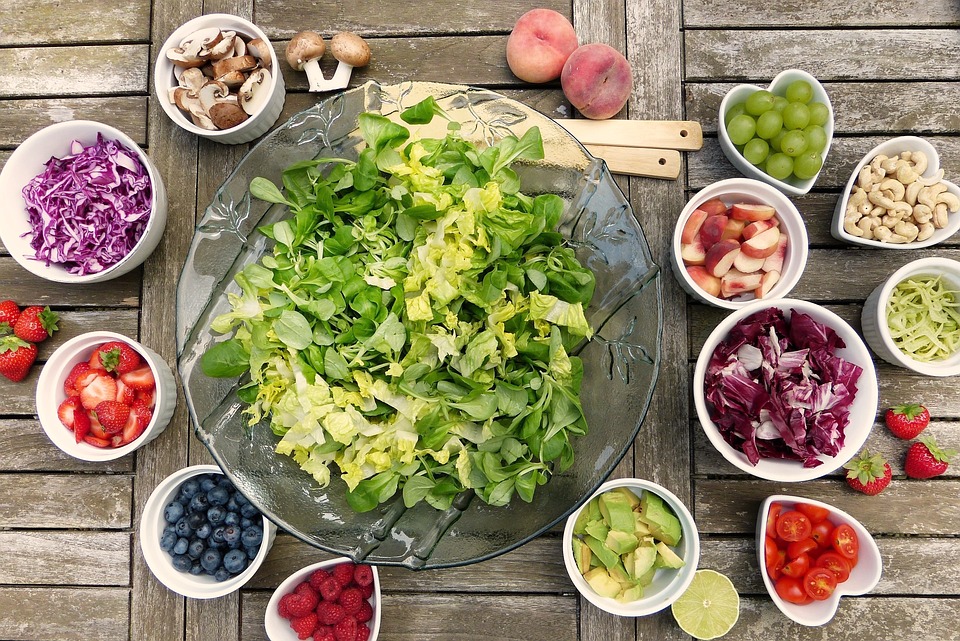Following a vegetarian keto diet plan can be a challenge, but with the right knowledge and strategies, it can be both sustainable and enjoyable. A vegetarian keto diet focuses on consuming low-carb, high-fat foods while avoiding meat, making it important to carefully plan your meals to ensure you’re getting all the necessary nutrients. Here are some tips and guidelines to help you successfully follow a vegetarian keto diet plan.
1. Understand the Vegetarian Keto Diet
Before starting a vegetarian keto diet, it’s important to understand the principles behind it. A keto diet involves significantly reducing your carb intake and replacing it with healthy fats, leading your body to enter a metabolic state called ketosis. As a vegetarian, you’ll need to focus on plant-based sources of protein and fat, such as nuts, seeds, avocados, and olive oil, while avoiding high-carb foods like grains, fruits, and starchy vegetables.
2. Plan Your Meals
Meal planning is crucial for success on a vegetarian keto diet. Aim to include a variety of low-carb, high-fat foods in each meal to ensure you’re getting a balanced intake of nutrients. Consider incorporating foods such as tofu, tempeh, leafy greens, and non-starchy vegetables into your meals to ensure you’re meeting your protein and micronutrient needs.
3. Focus on Healthy Fats
Healthy fats play a vital role in a vegetarian keto diet. Look for sources of healthy fats such as avocados, coconut oil, olive oil, and nuts to add to your meals. These fats will help keep you satiated and provide a good source of energy while following a low-carb diet plan.
4. Monitor Your Carb Intake
It’s important to keep a close eye on your carb intake while following a vegetarian keto diet. Vegetarian protein sources like legumes and some dairy products can still contain carbs, so be mindful of your portion sizes. Keeping a food diary or using a tracking app can help you stay on top of your carb intake and ensure you’re staying within your target range.
5. Stay Hydrated
Staying hydrated is essential for overall health and can also help manage cravings and hunger while on a vegetarian keto diet. Aim to drink plenty of water throughout the day and consider adding electrolytes to your water to help maintain proper hydration levels, especially if you’re experiencing symptoms of the keto flu.
Conclusion
Following a vegetarian keto diet plan requires careful planning and attention to your nutrient intake, but with the right strategies, it can be a sustainable and rewarding way to achieve your health and wellness goals. By focusing on nutrient-dense, low-carb, high-fat foods and staying mindful of your carb intake, you can successfully maintain a vegetarian keto diet and enjoy the many benefits it has to offer.
FAQs
Q: Is it possible to get enough protein on a vegetarian keto diet?
A: Yes, it is possible to get enough protein on a vegetarian keto diet by incorporating sources such as tofu, tempeh, seitan, and protein-rich vegetables like spinach and broccoli.
Q: Can I still enjoy dairy products on a vegetarian keto diet?
A: Yes, many dairy products can be included in a vegetarian keto diet, but it’s important to choose low-carb options such as full-fat cheese, Greek yogurt, and unsweetened almond milk.
Q: Are there any vegetarian substitutes for high-carb foods like pasta and rice?
A: Yes, there are several low-carb alternatives to pasta and rice that are suitable for a vegetarian keto diet, including spiralized vegetables, cauliflower rice, and shirataki noodles.





